Deep Muscles of the Core
The deep muscles of the core are located underneath the more superficial muscles of the abdominal wall. These muscles play an important role in stabilizing the spine and pelvis during movement.
Table of Contents
The four main deep muscles of the core are:
- Transverse abdominis: This muscle is the deepest of the abdominal muscles and wraps around the torso like a corset. It helps to compress the abdominal contents and stabilize the spine.
- Multifidus: This muscle runs along the spine and helps to stabilize the vertebrae during movement.
- Pelvic floor muscles: These muscles form the bottom of the core and support the pelvic organs. They also help to stabilize the pelvis during movement.
- Diaphragm: This muscle is located at the base of the ribcage and separates the thoracic cavity (where the lungs and heart are located) from the abdominal cavity. It plays an important role in breathing and also helps to stabilize the spine.
It’s important to note that these deep core muscles work together with the more superficial muscles of the abdominal wall (such as the rectus abdominis and obliques) to provide overall core stability and support.
What are considered the Core Muscles?
Core Trunk Muscles :
- Abdominals
- Thoracolumbar
- Lumbar
- Lateral thoracolumbar muscles
Core Hip Muscles:
- Hip flexors,
- Hip extensors,
- Hip abductors,
- Hip adductors and rotators
Muscular Box
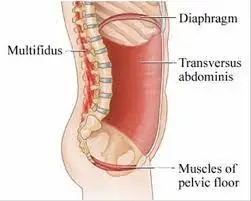
Like a box that has four sides covered. The core can be represented as a muscular box with the following:
- The abdominals on the front side,
- The paraspinal and gluteals on the back side,
- The diaphragm on the roof, and
- The pelvic floor and hip girdle muscle on the bottom.
Inside this solid box, there are 29 sets of muscles that continue to balance out the spine, pelvis, and motor chain during useful developments. Without these muscles, the spine would become mechanically not stable with compressive forces less than the weight of the upper body.
Types of core muscle:
There are two types of core muscles: stabilizers and global movers. A coordinated contraction of all stabilizers and global movers is required for optimal spinal stabilization,
The stabilizer muscles include:
- Pelvic floor
- Transversus abdominis
- Internal Obliques
- Multifidus
- Diaphragm
Some literature also includes the deep fibers of the psoas and the deep hip rotators as part of the inner core.
The global movers/muscles include:
- Rectus abdominis
- External obliques
- Erector spinae
- Quadratus lumborum
Types of muscle:
The stabilizers have a large postural component and are slow-twitch, whereas the global movers are fast-twitch. The core muscles are made up of both slow-twitch and fast-twitch muscle fibers.
Slow-twitch fibers: The deep muscle layer’s local stabilizing muscle system is primarily composed of slow-twitch fibers. Because of their shorter length, these muscles are ideal for regulating the intersegmental motion required for postural and extrinsic loading responses.
Fast-twitch fibers: The global muscle system, or the superficial muscle layer, is made up of fast-twitch fibers. These muscles are longer, have big lever arms, and make a lot of gross motions and torque.
What Muscles Does the Core Include?
The “core” particularly refers to the lumbo pelvic-hip complex, which contains
Deep Core Muscles
Deep core muscles are situated under, the larger superficial core muscles. The function of the deeper core muscles is to stabilize and protect the spine. These core muscles are continuously active all day long, helping to protect the spine. These muscles activate or “turn on” in expectation of movement. They help the body to prepare for motion, shifting the weight and load transfer. It is necessary to know how to activate these muscles properly in the management and prevention of back pain. These deep core muscles also help move the rib cage and assist with breathing. These muscles also help with the movement of the trunk in all directions like rotation, flexion, extension, and side bending.
A typical mistake is to strengthen the outer layer muscles without knowing how to initiate the more deeply centered muscles. A physiotherapist can help teach you how to activate the deep core muscles.
Deeper muscles, such as the
- Internal obliques
- Transversus abdominis
- Transversospinalis (multifidus, rotatores, semispinalis)
- Quadratus lumborum
- Psoas major and minor
Superficial Core Muscles:
These muscles are located on top of the deeper core muscles and are the main movers of the trunk in all directions. The muscle most often associated with making up the “core” is the rectus abdominis, or “the six-pack muscle” and it is in charge of flexing the trunk. Other muscles like the latissimus dorsi “the lats” and oblique muscles help rotate the trunk, and finally the gluteus muscles, hamstrings, and Erector spinalis muscles help extend the trunk.
These muscles help control the muscles of your trunk and are active during all full-body movements. Strengthening these all muscles helps to enhance balance and overall athletic performance.
Superficial muscles, such as the
- Rectus abdominis
- External obliques
- Erector spinae (iliocostalis, spinalis, longissimus)
- Latissimus dorsi
- Gluteus maximus and medius
- Hamstrings
- Rectus femoris.
The Major Muscles of the Core
The person’s first thoughts may be “abs” or “six-pack” when they imagine the core. The core includes more than just these areas. There are two categories that can be applied to the major core muscles: Global or superficial muscles and local or deep muscles. These muscles enable a person to flex, rotate, and bend their trunk, safeguard the organs in the abdominal cavity, and ensure the stability of the spine.
Inner Core: Local or Deep Muscles
Local or deep muscles (internal center) are muscles that straightforwardly join to the lumbar vertebra in your spine and are liable for giving solidness and control during movement a steady base for viable development. The entire base suffers from weakness if any one of them is compromised. These muscles include:
Transversus abdominis: Transversus abdominis (TrA) is the deepest of the abdominal muscles and is an essential core muscle. Its prior function is to stabilize the lower back and pelvis before the movement of the limbs.
Multifidus: The multifidus is a small muscle that supports the spine and runs up both sides of the spine. It works with the TrA and pelvic floor muscles to stabilize the lumbar spine before any movement, aiding in spine extension and side bending.
Pelvic floor muscles: These muscles are a group of muscles found on the base of the pelvis. They are the support structure kept in the pelvic organs: the bladder, the rectum, the uterus and vagina (in women), and the prostate (in men). Weak pelvic floor muscles can create problems with control of the bladder and bowel. Pelvic floor muscles tend to get weaker as a person’s age increases. There are exercises a person can do at any time of life that will help to strengthen them.
Internal obliques: The muscles on the side of the trunk that slants diagonally upward are called internal obliques. The internal abdominal oblique is crucial for allowing you to move your trunk in all directions (sideways, forward, and rotation), protect and support the abdominal wall, and perform bodily functions like forcing air out and going to the bathroom.
Diaphragm: Diaphragm is the primary muscle used in breathing. It is a dome-shaped muscle located in the center of your abdomen, just under the lungs and heart. It contracts and flattens as you breathe in, pulling air into the lungs like a vacuum, and relaxes as a person exhales, pushing the air back out. It can also raise abdominal pressure to help the body get rid of vomit, urine, and feces, and prevent acid reflux by placing pressure on the esophagus.
The pelvic floor is at the bottom, the transverse abdominus, internal obliques, and multifidus are at the sides, and the diaphragm acts as a lid on top of the deep muscles. They provide a solid foundation for efficient movement when combined. The entire base suffers from weakness if any one of them is compromised.
Outer Core: Global or Superficial Muscles
Although they do not attach directly to the spine, the outer core’s global or superficial muscles are large muscles that stabilize the trunk and move the spine. These are the superficial muscles:
Rectus abdominis: The muscles that are commonly referred to as the “abs” or “six-pack” (and we don’t mean the cans of beer!) are the rectus abdominis. These muscles are in the front of the body and help a person to bend forward. They also supply core stability and trunk mobility.
External obliques: External obliques are located on the side and front of the abdomen and are slanted opposite to the internal obliques. These muscles help to flex the trunk forward, to the side, and in rotation. Likewise, to the internal obliques, they help to support the abdominal wall and assist with bodily functions such as forcefully expelling air and going to the bathroom.
Erector spinae: The muscles that line both sides of your spine, the erector spinae, run from your head down to your pelvis. They assist you in moving your entire upper body and stabilize you, along with your abdominal and oblique muscles. You can bend and rotate side to side thanks to them. If you ever pull a muscle in your back, you might notice that turning or lifting your head hurts as well because the erector spinae also helps you turn your head from side to side.
In activities or movements that require stability, there are additional minor core muscles that assist the major core muscles. These contain the latissimus dorsi and trapezius—back muscles.
Deep Inner Core Stability Muscles
The lower spine’s deep core stability muscles have:
- Transversus Abdominis (TA)
- Multifidus (MF)
- Pelvic Floor (PF)
Transversus Abdominis:
The deepest abdominal muscle is the Transversus Abdominis (TA). It is the corset muscle of the spine and pelvis in the body. In this particular circumstance, the TA contracts in anticipation of body movement to protect the nerves, spinal joints, ligaments, and discs.
Multifidus:
The multifidus (MF) muscles are extremely short muscles that extend from one vertebra’s transverse processes (on the sides) to the spinous processes (in the middle of the back) of the next vertebra. Their primary function is back stability. They do not make an extensive range of movement but work to provide short, “fine-tuning” postural changes all day long.
Pelvic Floor & Diaphragm:
Together with the pelvic floor and diaphragm, the TA and MF create a stable but flexible region around the lumbar spine. This ability to stabilize the lumbar spine in its many positions enables a person to overcome back problems and lower reoccurrence chances.
Why Should a Person Strengthen the Core?
The absence of strength of the core boosts the pressure placed on passive structures such as (ligaments, bones, joints, discs, and capsules) of the spine due to a lack of support and stabilization when moving. If the passive structures are not supported with the core over a lengthy period of time, injury or dysfunctions such as stiffness or poor movement patterns may occur inducing pain. During exercise or sports, if a sportsperson does not engage their core in anticipation of a movement or lifting heavy weights, the raised load is placed on the passive system of the back and pelvis, conceivably leading to an injury.
Any activity that includes involving the abdominal and back muscles in facilitated design considers a center activity. Several of the muscles, including the core muscles, can be trained and strengthened by using any kind of weight in a way that keeps the trunk stable.
Try exercises that use both your smaller, deeper core muscles and your larger, superficial core muscles in a way that simultaneously contracts them with the right timing and tension to improve core stability. Multi-Joint free weight exercises have shown to be effective in trying to increase core strength even when non-core-specific.
Some great core activating exercises a person should try include:
- Deadlifts
- Squats
- Glute Bridges
- Bird Dogs
- Deadbugs
- Crunches
Some examples of core muscle strengthening exercises:
TVA activation:
When activating the deep core, keep in mind that the fibers of the TVA are mostly horizontal, so there should not be considerable movement of the ribs or pelvis when activating this muscle. Rather, as a person activate the TVA, they should feel the belly pull in towards their spine. Try not to hold that breath, it may help to exhale with a loud “shhh” sound as a person engages with TVA. Consider rehearsing the enactment of this muscle preceding activities or exercises like changing the water cooler in the lunchroom.
How to activate the TVA:
- Start seated in a chair with the feet flat and hip distance apart and the hands placed on the lower belly.
- Inhale and feel the belly expand, filling the cradled hands.
- While Exhaling and pulling the belly upward direction and inward direction towards the spine( like a scooping movement) and away from the hands to activate the Transverse Abdominal muscle.
- Then, inhale and release
- Note: If a woman is pregnant and has been placed on bed rest or exercise restriction precautions, speak with your OB before attempting this exercise.
Goblet squats:
Lifting weights has numerous advantages, such as improving body composition to lower the risk of type 2 diabetes and increasing bone density to lower the risk of osteoporosis. Additionally, lifting free weights is a great way to strengthen the TVA and multifidus, two of the back’s deepest muscles, as well as activate other deep core muscles. So hold some dumbbells, soup cans, or a baby, and begin lifting! Just recall trying to keep the back tall, the gaze forward, and always start small and progress slowly.
How to do a goblet squat:
- Using both hands, hold a weight close to the chest and stand with the feet slightly wider than hip distance apart with toes slightly turned out.
- Pull your belly button in towards the spine to activate your core.
- Keeping the core engaged, push the hips back and bend the knees to drop into a deep squat position.
- Tip: Try to keep the back straight and the chest facing forward throughout.
- Hold this pose before squeezing the glutes to straighten the legs and return to standing.
Bridge with marches:
How to do a bridge with marches:
- Begin by lying on the back with the knees bent and the leg’s hips distance apart.
- Exhale, and lift the hips up into a bridge position. From here, lift one leg up to a tabletop position while keeping the hips level. Repeat with the other leg.
- Tip: During the movement, ensure that the core is pulled in toward the spine and activated. Try to keep the hip bones level, like a person is balancing a glass of water on the pubic bone.
- Note: This exercise targets both the TVA and the multifidus. Together, they help get stability to the vertebrae of the spine!
Bird dogs:
How to do bird dogs:
- Start on the hands and knees, with the hands under the shoulders and knees under the hips. Position the knees hip-distance apart and focus the gaze between the hands.
- Draw the belly button inward toward the spine on your exhalation, engaging your core as you extend one leg back and the other arm forward.
- Tip: Avoid rotating the hips to extend by keeping them level. The core remains activated throughout.
- Bring the leg and arm back to the starting point.
- Replicate with the alternate arm and leg.
- Note: While performing this movement, imagine there is a glass of water resting between the shoulders and on top of the pelvis, be sure to have enough control and slow enough movement to prevent any spilling!

Side planks:
How to do side planks:
- Lie on the side with the legs straight and placed on top of each other, then prop a body up onto the bottom elbow. The elbow should be directly underneath the shoulder with the hand and forearm resting on the floor.
- Tip: Try to keep the shoulders, hips, and feet in a straight line.
- Pull the belly button in towards the spine. Keeping the core engaged, squeeze the glutes to lift the hips up off of the floor.
- Gradually drop the hips back down to the floor
- Tip: If keeping the feet stacked is too difficult, try putting the top foot on the floor in front of the bottom foot, touching heel to toe.
- Note: This is a full-body exercise that works the core, back, glutes, and stabilizer muscles in the shoulders! If this produces pain, consider modifying the exercise by bending the knees and lifting from the elbow and knee instead.
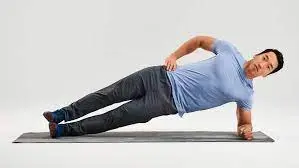
FAQs:
What are the 4 deep core muscles?
The diaphragm, pelvic floor, transverse abdominis, and multifidus muscle are all part of the deep core. These muscles work together to support the body as a whole. Dysfunction can ensue when a person is overactive or underactive, engaged incorrectly, or engaged at the wrong time.
What are the deep and superficial muscles of the core?
The “core” specifically refers to the lumbo pelvic-hip complex, which contains deeper muscles, such as the internal obliques, transversus abdominis, transversospinalis (multifidus, rotatores, semispinalis), quadratus lumborum, and psoas major and minor; and superficial muscles, such as the Rectus Abdominis.
What is the most superficial core muscle?
External Oblique – which is the most superficial and also the largest flat muscle of the abdominal wall. It runs inferiorly to medially, and at the midline, its fibers form aponeurosis and join the linea alba there. This fibrous structure origin from the xiphoid process to the pubic symphysis
What are the types of core muscles?
The transverse abdominis, multifidus, internal and external obliques, erector spinae, diaphragm, pelvic floor muscles, and the abs, the rectus abdominis, are the major core muscles. The lats, traps, and, to the surprise of many, the glutes are the minor core muscles.
What is the scientific name for core?
The axial (central) portion of an organism’s body is the core or trunk. In common parlance, the term is broadly considered to be synonymous with the torso, but academically it also contains the head and neck.

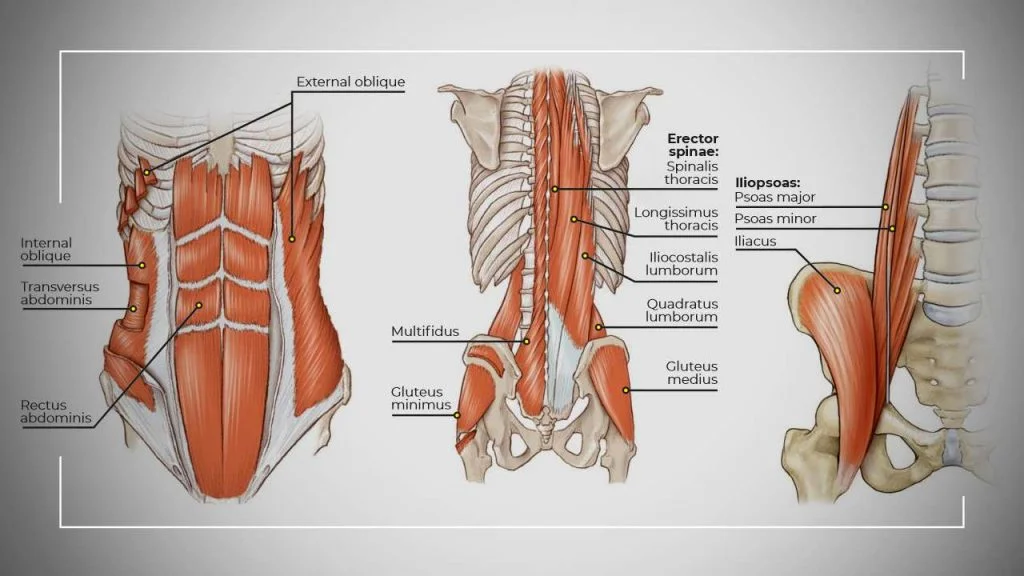
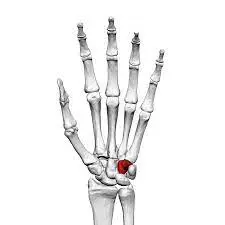
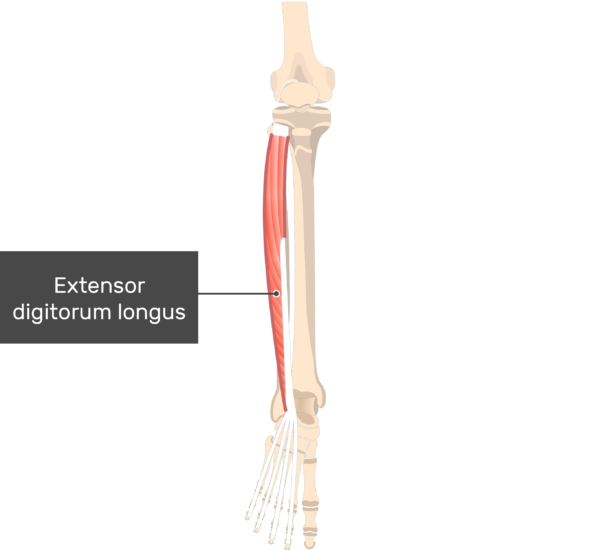
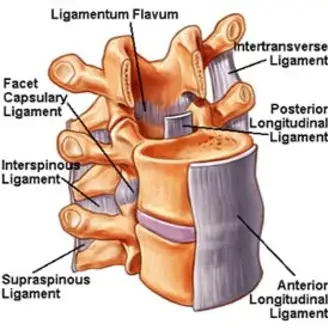
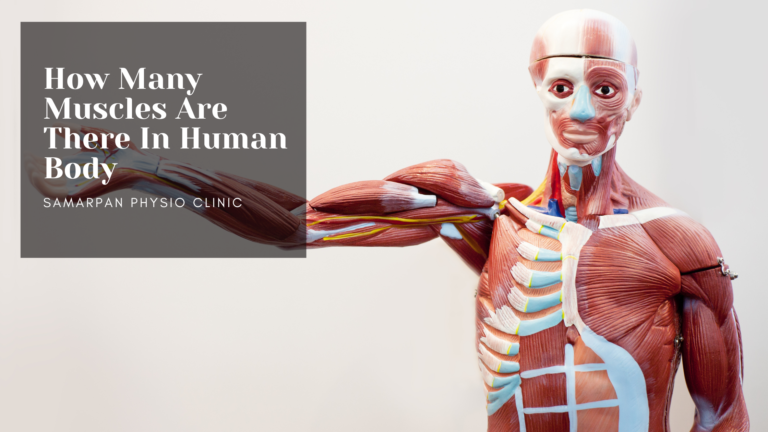
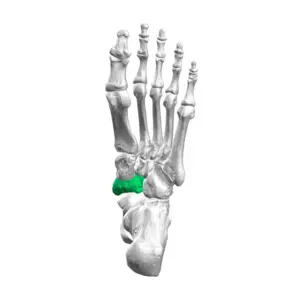
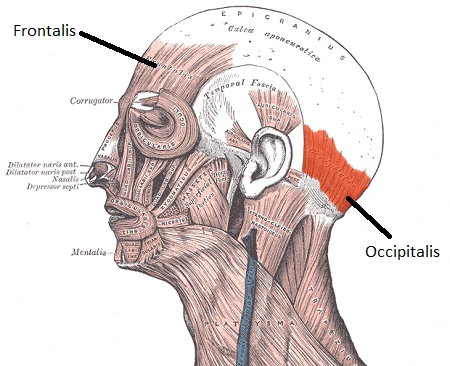
One Comment